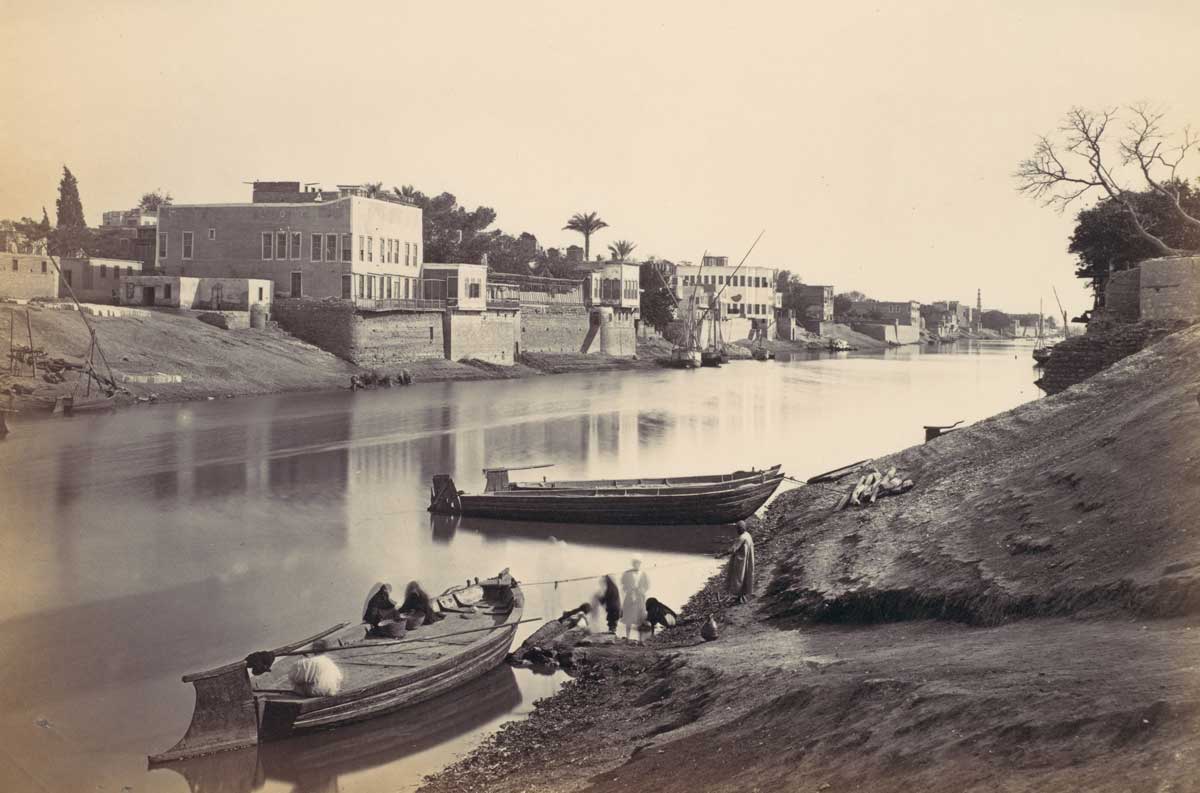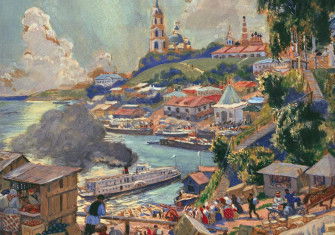Go with the Flow
The influence of the Nile on the lives of those living adjacent to it.

Terje Tvedt’s study of the Nile is a mixture of history, journalism and travelogue. Originally published in Norwegian in 2012, now translated into English for the first time, the author seeks to show how the river has exerted a significant influence on the lives of those living adjacent to it, a cornerstone of the policies of states in the region from ancient times to the present. Written records documenting life along the world’s longest river cover a span of nearly 5,000 years, but Tvedt shows little interest in its history before the mid-19th century. Just five pages are devoted to ancient Egyptian perceptions of the river and the role that it played in ancient Egyptian life. The period between the Arab conquest of Egypt in 642 and the arrival of Napoleon in 1798, more than a millennium later, is covered in a single paragraph.
Tvedt approaches the Nile from a distinctly Eurocentric perspective. Thus, unimportant events receive greater attention than arguably more significant ones simply because their actors were European. One of the most important states to rise along the Nile was the kingdom of Meroe, which flourished for several centuries in what is now Sudan. In the first century BC this kingdom was powerful enough to check Roman progress up the Nile and force the Emperor Augustus to withdraw his frontier to the north, surely a decisive moment in the river’s history. Yet in Tvedt’s account, Meroe and its civilisation are deemed less interesting than a 19th-century Norwegian who attempted to discover the source of the Nile by running there from Cairo while subsisting on biscuits and jam.
Sadly, the book is also marred by a number of errors and inaccuracies. Contrary to what he claims, the ancient Egyptians did not worship the Nile. The object of their worship was the annual inundation, which they viewed as separate from the river itself. Constantine did not make Christianity the state religion of the Roman Empire in the 400s. The Mamelukes seized power in Egypt not in the eighth century, but hundreds of years later. Joseph Haydn’s D minor Mass is not the only one he composed; he wrote 14 in total. Nero never set foot in Egypt. Those familiar with the British colonial administration in Sudan will be surprised to read that it was composed almost entirely of people who held doctorates from Oxford or Cambridge. The Italians did not take control of Eritrea in 1991.
Bearing these caveats in mind, the book can still be recommended. The author has travelled widely in the regions drained by the Nile and its tributaries and has interviewed numerous politicians and bureaucrats, including some heads of state, to solicit their views as to how the river and its resources should be managed in the future. No one would disagree with his view that the Nile has played a crucial role in the histories of the countries through which it flows, even if one senses that he sometimes exaggerates its importance in determining political outcomes or neglects other factors which may have been more significant. His account of the 1956 Suez crisis, for instance, focuses almost exclusively on British attempts to weaponise the Nile as a means of forcing Egypt’s Colonel Nasser to surrender. Ultimately, however, control over the river and its resources was irrelevant in such a complex international situation. Meanwhile, there remains room for a book about the Nile that addresses the deficiencies identified above, supplying a more detailed historical context and allowing a wider range of voices, past and present, to be heard.
The Nile: History’s Greatest River
Terje Tvedt
I.B. Tauris 400pp £27
Buy from bookshop.org (affiliate link)
Mark J. Smith is Professor Emeritus of Egyptology at the University of Oxford.






